Common primrose (Primula vulgaris), also called common primrose. This herbaceous perennial plant is related to the genus primrose. Under natural conditions, it can be found in the northern part of Africa, in Central Asia, in Europe, in the Middle East. The existence of this plant became known many hundreds of years ago. So, even the ancient Greeks knew him as the medicinal flower of Olympus (the flower of the 12 gods). Primrose is one of the first to bloom in the spring. The people also call it "keys" or "rams". So, the Old Norse saga says that the lovely flowers of this plant are the keys of the goddess of fertility Freya, and it is with them that she opens spring. The Germans believe that these plants are the key to marriage. This flower is present in the love potion of the Celts and Gauls. According to a Danish legend, an elf princess turned into this plant, who happened to love a common man. At the same time, the ancient Greek myth tells that the young man Paralysos, who died of love, was turned into primroses, who regretted the misfortune that had happened, by the gods. And therefore, primrose is able to heal all diseases, even paralysis, because in folk medicine such a flower is also called "paralysis grass" for good reason. In Europe, it began to be cultivated in the 16th century. The primrose is very much loved by the British, for example, in England there are even clubs for auricle primrose lovers. It happened that the popularity of the primrose became weaker, but then she gained even greater love. Today in England every year exhibitions of primroses are arranged, where you can admire these beautiful flowers to your heart's content.
Content
Primrose features
This genus is one of the most numerous. According to various sources, it unites 400-550 species. However, in the wild, even today, you can meet such species that have not yet been described. So, in Europe there are 33 species, in North America there are only 2 species, and in Java only 1, it also grows in several species in Africa and South America, and more than 300 species can be found in Western China, Asia and the Himalayas.Such a plant prefers to grow in places with high humidity, for example: on the shores of mountain rivers, along streams, as well as in meadows.
Under the ground, such a flower has a rhizome with roots hidden. The root rosette includes dissected or simple sheet plates of an oblong-oval lanceolate shape. There are both sessile leaves and petiolar ones. You can find both wrinkled leaf plates and leathery ones, which have a high density and have a greenish-gray tint (it seems that they are slightly covered with wax). Peduncles are rather long and have no leaves. Flowers can be either single or included in inflorescences that have the most diverse shapes, for example, spherical, tiered, umbellate, pyramidal, cushion, and bell-shaped. The shape of the flowers is tubular and there is a funnel-shaped or flat limb. The fruit is an achene that has the shape of a ball or cylinder. The garden primrose is found both annual and perennial, and such a flower can also be grown indoors.
Growing primrose from seeds
Sowing seeds


Watch this video on YouTube
Seeds lose their germination after a very short time, so they just need to be sown immediately after harvest. For this, boxes are used, which are installed in open soil. In the event that you have high-quality seeds and you do not want to risk, they should be sown in the first days of February. To do this, the box must be filled with a mixture of turf and leaf soil, as well as sand (2: 1: 1). The seeds should be spread over the surface and not buried in the soil, but only slightly pressed. Make sure that there are no more than 5 seeds per 1 square centimeter. After that, the box must be placed in a polyethylene bag and placed in the freezer, where it will not be warmer than minus 10 degrees. They should stay there for 3 to 4 weeks. Then the boxes are placed right in the bags on the windowsill, remembering to protect them from direct sunlight. Keep the ground slightly moist all the time. Seeds will sprout most quickly at temperatures between 16 and 18 degrees. But it is worth considering that not all types of such plants will need freezing. So, fine-toothed and common primrose do not need this stratification. The first shoots usually do not appear soon. After this happens, it is necessary to begin to slightly open the bags, as a result, the plants will gradually get used to the air. After half a month, the shelter can be removed permanently.
Seedling
The seedlings are slow-growing. When 2 or 3 real ones grow, the leaves must be dived into another box, using tweezers for this. For primroses, you need to continue care, timely moistening the soil. The picking is carried out as the plants grow. As a rule, seedlings will be ready for transplanting into open soil only a couple of years after emergence.
Planting primrose in open ground


Watch this video on YouTube
What time is better to plant
Perennial primrose should be planted in open soil in spring or autumn, and always in the second year of their life. In spring, it is best to do this on the last days of May. For such a plant, it is recommended to choose an area that will be shaded by shrubs or trees, while there should be no direct rays of the sun at all. Only for alpine species in the northern regions is it advisable to choose a sunny area. A suitable soil should be loose and lightweight, absorbent and well-drained (water should not remain in the soil for long). Can be grown in clay soil.If the clay soil is very heavy, then this can be corrected by adding a couple of kilograms of manure, a bucket of sand, crushed sphagnum and vermiculite (proportion per 1 square meter of soil).
How to plant a primrose
Between the bushes, you should leave 20 to 30 centimeters (for large species) and approximately 10 to 15 centimeters (for compact species) empty space. It should be noted that such plants do not like open spaces. In this regard, the planting must be done in such a way that as they grow, they become closed. A plant grown from seed begins to bloom only 2 or 3 years after germination.
Outdoor primrose care
How to grow
Most often, there are no difficulties in caring for the planted primroses. But how to properly care for them during this period? The soil should be slightly moistened and loosened at all times. As a rule, you need to water once every 7 days, after which the soil is loosened and, if necessary, weeded. If dry and hot weather is established, then watering should be arranged 2 times a week. 3 liters of water are poured over approximately 1 square meter. If you have a perennial flower, then it needs to be fed very often, or rather, once a week. At the same time, feeding should be started when the leaves appear, and finish - at the end of flowering. To do this, use a solution of a complex mineral fertilizer, while using a dosage 2 times less than that indicated on the package. But it should be borne in mind that if there is too much nitrogen in the soil, then the next year the primrose will not bloom, but it will have dense foliage. In order to avoid this, it is necessary to alternately apply potash and phosphorus fertilizers.
How to transplant
It is necessary to transplant such a plant once every 4–5 years, while at the same time it is necessary to divide the bush. The fact is that the primrose grows relatively strongly.
Breeding primrose
Such a plant can be propagated by seeds, leafy cuttings and dividing a bush. The transplant is carried out at 4–5 years of age at the end of summer or in the first or second week of September. To do this, a heavily overgrown bush must be well watered and dug up. All soil must be removed from the root system, and then washed in a container with water. The rhizome is cut into dediments with a very sharp knife, while each of them should have at least 1 renewal point. After this, the cut sites must be treated with wood ash and then immediately plant the divided bush in a new permanent place. Then the plant must be well watered. Thus, you can rejuvenate the primrose, as well as get high quality planting material.
In the case when the bush has a weakened root system or only 1 outlet, axillary shoots are used for reproduction. To do this, you need to separate the leaf with a bud, a petiole, and part of the stem. The leaf is shortened by ½ part and planted in the soil mixture. After that, the cutting is rearranged in a well-lit place, shading it from direct sunlight. The optimum temperature is from 16 to 18 degrees, while the soil should be constantly moderately moistened. The transplant is carried out only after the stems with 3-4 leaves grow from the buds, while the container should have a diameter of 7 to 9 centimeters. In springtime, it is transplanted into open soil.
Pests and diseases
In the open field, such a flower can get sick with jaundice, rust, powdery mildew, rot of shoots and root collar, bacterial spotting, anthracnose, and cucumber mosaic virus. Once you find that the primrose leaf plates have begun to change, they need to be destroyed. Also, aphids, weevils, slugs, nematodes, spider mites, beetles and fleas can settle on the bushes. In the spring, for preventive purposes, it is necessary to treat the bushes with Topsin's solution (2%) or Fundazol (2%), copper oxychloride (1%) or Bordeaux liquid (1%). In autumn, it is necessary to carry out treatment with a solution of Nitrafen (1%). Slugs, as well as beetles, will need to be removed by hand.Actellic will help to cope with ticks, and Ragor - with nematodes.
Perennial primrose after flowering
Autumn time
When the flowering ends, you need to loosen the soil near the bushes, while removing all the weeds and not disturb the plant until winter, since during this period leaf plates grow. Remember to save the leaf rosette until late fall as it will become a natural shelter for the root system. In the case when the leaves are cut in the autumn, this will negatively affect the further growth of the plant. So, it will become smaller, the flowering will not be so lush, and the bush will lose its former spectacular appearance. Remove last year's leaves in the spring.
Wintering
If the winter period is frosty enough, then the primrose bushes must be covered with straw, dried foliage or spruce branches. The cover layer should be no thinner than 7-10 centimeters. Some species do not need to be covered, for example, Julia's primrose. If the winter time is rather snowy and relatively warm, then the primroses' shelter can be skipped. In spring, when the snow begins to melt, make sure that a crust of ice does not form over the bushes (it must be destroyed), as this may cause the flower to start to flutter.
The main varieties and types of primrose with a photo
There are a great many types of primroses in nature and therefore they were divided into 30 sections. At the same time, a fairly large number of species and varieties of such a flower are also cultivated. Below are descriptions of only the most popular species and varieties among gardeners.
Primula stemless, or ordinary (Primula vulgaris)
Homeland Central and Southern Europe. It prefers to grow on forest edges, in alpine meadows near melting snow cover. The short rhizome has rather thick cord-shaped roots. The length of the lanceolate leaves is about 25 centimeters, and the width is 6 centimeters. They are able to partially survive during the winter period. The height of the short peduncles varies from 6 to 20 centimeters, they bear single flowers, painted in a pale yellow or white color with a purple throat. The petals are wide and divided into 2 lobes. During the flowering period, the bush is very similar to an elegant festive bouquet. Flowering begins in March. In some cases, flowering is repeated in September. It has been cultivated since the 16th century.
Varieties:
- Virginia - white flowers have a light yellow throat;
- Giga White - white flowers;
- Cerulea - the throat of blue flowers is yellow.
Primula high (Primula elatior)
Homeland Carpathians, southern and northern regions of Western Europe. This perennial plant has oval leaf plates with a finely toothed edge. They are about 5–20 centimeters long and 2–7 centimeters wide. They have a sharp narrowing towards the petiole. On their front surface, the veins are depressed, and on the seamy side, they are convex. Inflorescences in the form of umbrellas consist of 5-15 fragrant flowers with a two-centimeter diameter and painted in a pale yellow color, while at the base of the petals there are specks of a rich yellow color. The height of the slightly pubescent peduncle is about 10–35 centimeters. Flowering begins in April and lasts 50 to 60 days. There are hybrids with large flowers, colored white, red, lilac, cream, yellow. They can be either one color or have a peephole or border.
Varieties:
- Duplex - the diameter of cherry flowers is 25 millimeters, while the throat is dark yellow;
- Rosea - dark pink flowers have a yellow eye;
- Gelle Farben - diameter of lavender flowers 35 millimeters, pharynx - yellow;
- Goldgrand - the diameter of brownish flowers is 25 millimeters, while there is a yellow throat and a golden border.
There is a group of hybrid plants based on tall primrose. Their peduncles are quite long, and the flowers are large. Ideal for cutting.These include Curiosity of a brownish-yellow color, as well as Golden Dream with rich yellow flowers and Olga Menden with pale red flowers.
Primula Siebold (Primula sieboldii)
Blooming is observed in June. Flowers can be painted in various shades of pink or lilac. They are part of loose umbrella-shaped inflorescences. When the bush fades, then the foliage of this ephemeroid occurs.
Spring primrose (Primula veris)
It is also called medicinal. Homeland Europe. The length of the egg-shaped wrinkled leaf plates is 20 centimeters, and the width is 6 centimeters. The veins are depressed on the front side, and convex on the seamy pubescent. Yellow flowers have an orange speck at the base of the petals. Garden varieties can be painted in a wide variety of colors. Double or simple flowers can be painted in 1 or 2 colors. Abundant flowering from April to June.
Also popular are such types as: Bissa, ear, snow, Voronova, Komarova, fine-toothed, Geller, little, Julia, Ruprecht and others.
Primrose properties
Any part of the plant contains a large amount of highly concentrated manganese salts. There are many vitamins in the parts located above the soil, and the rhizome contains essential oils, saponins and glycosides. Various dishes are prepared from the leaves (soups, salads, etc.). It is useful to eat them in the spring, as the leaves contain ascorbic acid and carotene. Powder is made from dried leaves and roots. The plant has an expectorant effect in respiratory diseases. A decoction is made from the leaves, and an infusion is made from the roots. Primrose for rheumatism has an analgesic effect. For kidney and bladder diseases, it is used as a diuretic. The infusion made from leaves is used for angina, neuroses, colds, headaches, sleep disorders. The root infusion is capable of absorbing external hemorrhages. You can not use these funds with individual intolerance to primrose, and you need to be very careful pregnant women in the first trimester.

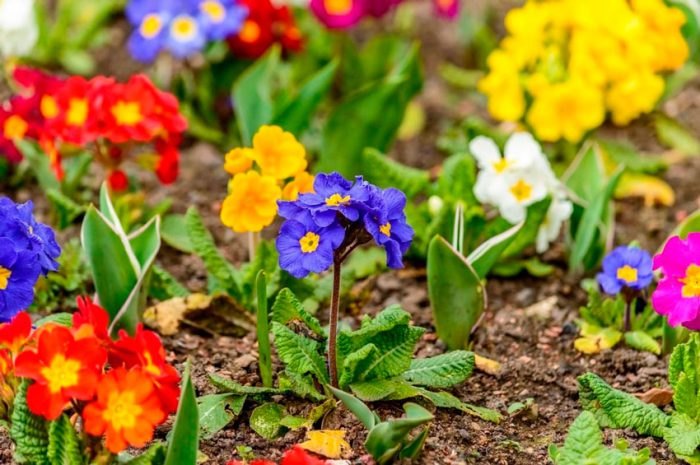

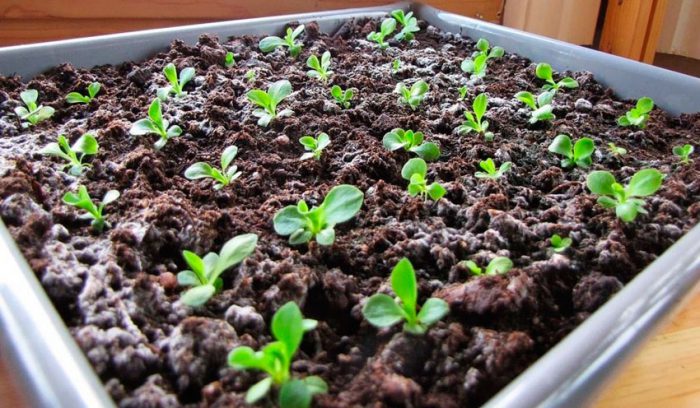
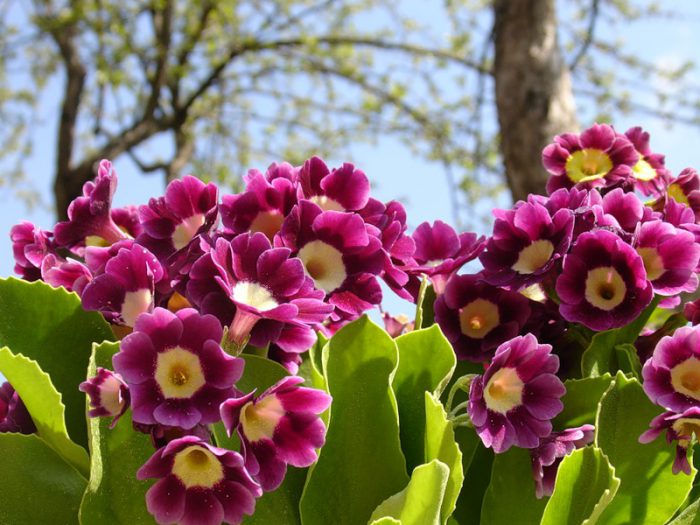
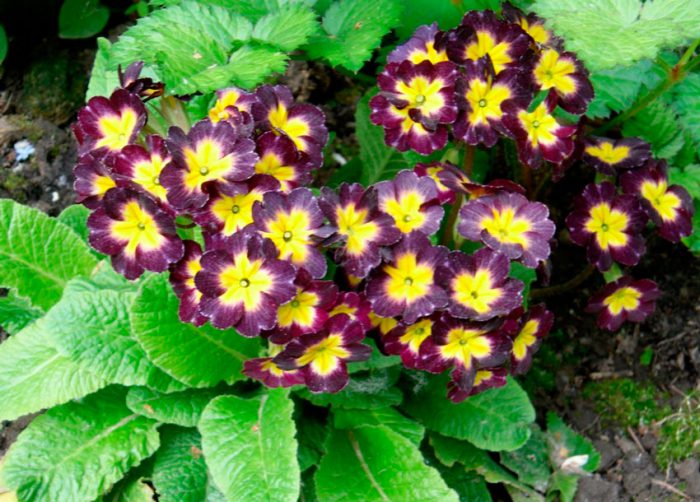

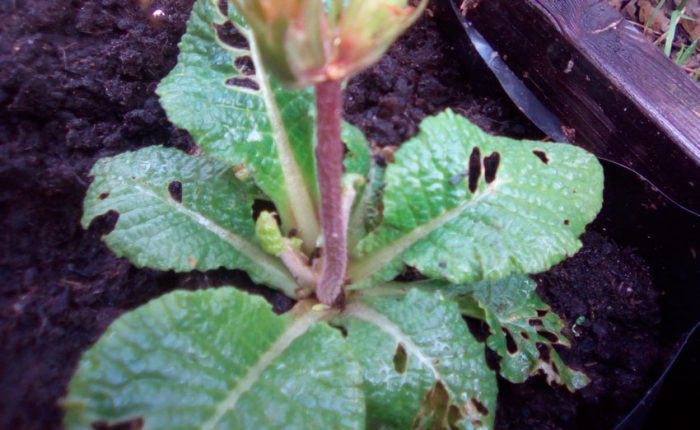
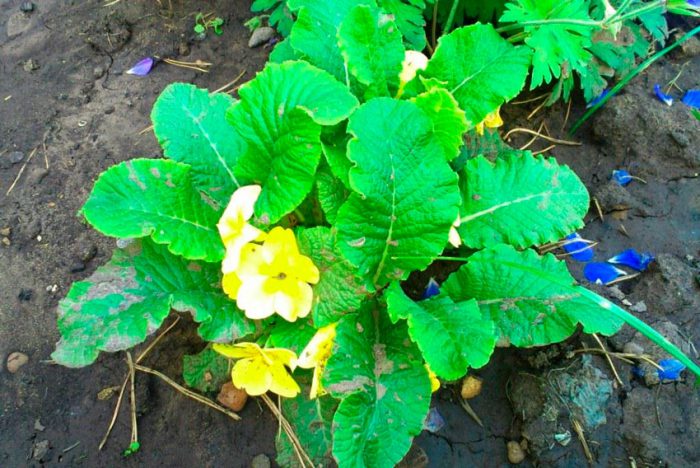
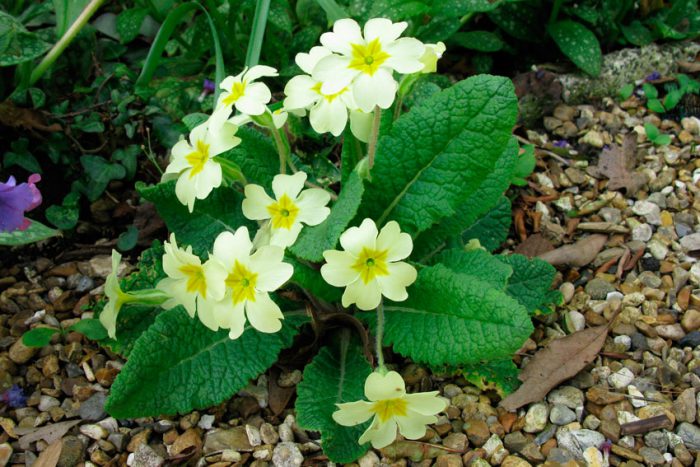

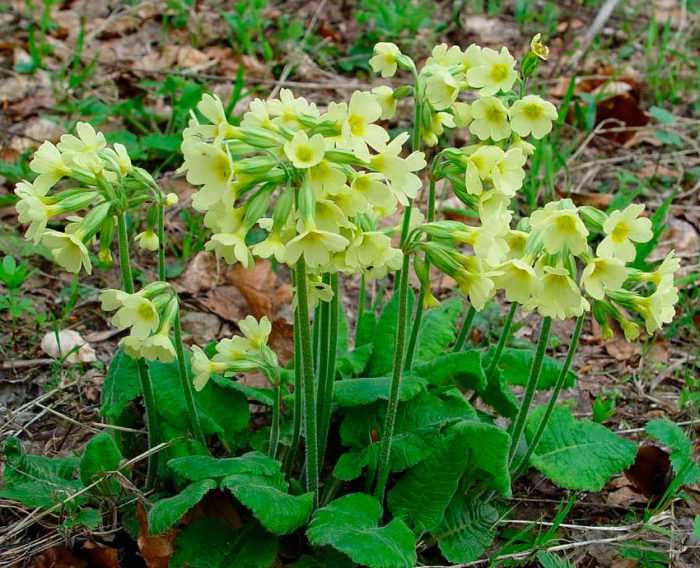

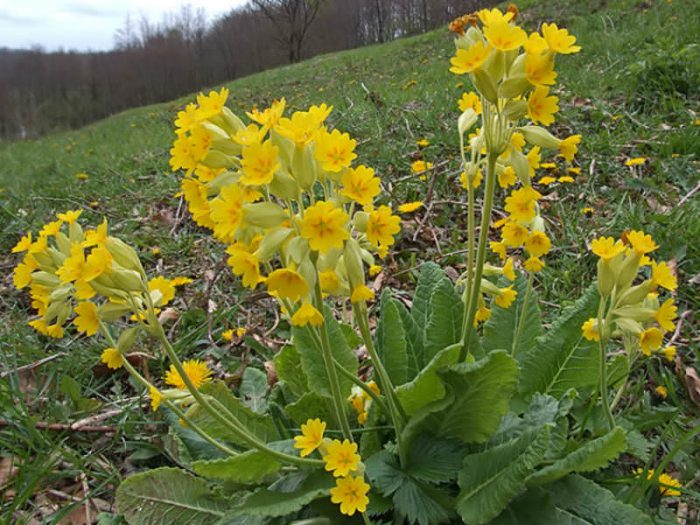











Thank. The article is excellent. I love primroses. But I've never seen a blue one. Probably nowhere to take. I have a lot of them in the garden - purple, purple, yellow, white and pink .. Undemanding, early and beautiful plant.
And they gave me now, they say the blue ones, and today I will plant, I'll see when they bloom
Irina, hello! If possible, share the seeds. I would appreciate that.